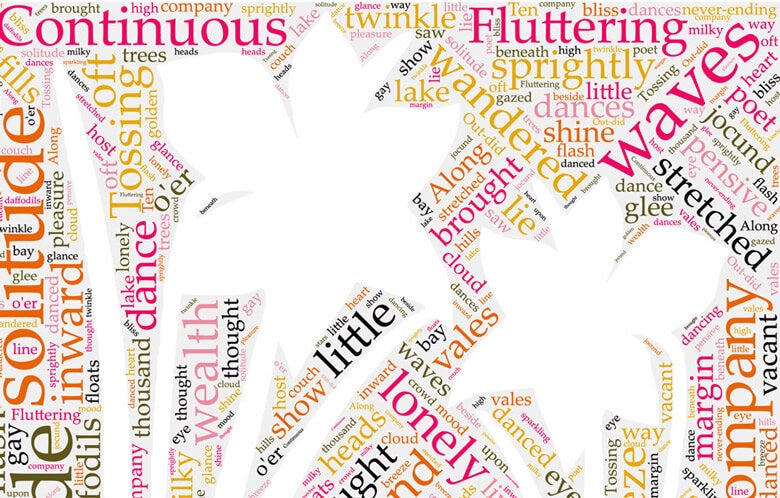Teaching the foundations of media literacy is imperative in a “post-truth” era where students are inundated on a daily basis by data and questionable information. Evaluating sources, and teaching students to do their part to stop the spread of misinformation and disinformation can be difficult, especially given all the other skills and concepts educators are tasked with helping students learn. Enter the school librarian. School librarians are trained information literacy experts equipped with the tools to guide students and collaborate with teachers. Together, school librarians and teachers can work to create lessons that fulfill mandated curriculum requirements, while also infusing important information literacy skills, like evaluation and lateral searching of sources into their lessons.
As the librarian at Garden City High School, located in a suburb just outside of New York City, I work with the teachers in my building to design lessons, across all subject areas, that place an emphasis on teaching skills related to media and information literacy. The goal is to make research an innate process for students, equipping them with tools to quickly and effectively evaluate sources and investigate the information they receive. An example of this collaborative lesson planning — one that meets curriculum requirements and exposes students to elements of media literacy — is an assignment I created in conjunction with the ninth grade English Language Arts teacher. After finishing Animal Farm with her students, this teacher was looking for a different type of culminating assessment activity, rather than a basic book report or research paper.
Together, we designed an assignment that focuses on the key concepts of power, control and corruption as themes throughout the novel. Students were tasked with exploring these themes through Orwell’s use of language and then answering the question, “Why is language manipulation so dangerous in our society today?” Developing a schedule allowed me to work in tandem with the classroom teacher. I pushed-in to her hybrid classes to teach the foundations of the research process as well as a two-day mini lesson focusing on the different types of Information Disorders present in our society today. The focus of the mini lesson tied back to the themes of the novel and the use of language manipulation to fuel and spread dangerous disinformation. In addition to using support from the novel to craft their thesis statements, students were asked to locate an “Artifact of Disinformation,” representative of the use of language manipulation present in our society today. Students had the option to search our library databases or use the student-centered search engine Sweet Search to locate sensationalized headlines, erroneous articles, evidence of purposefully spread conspiracy theories on social media or video sites, and any other relevant examples of Information Disorders. Our subscription to EBSCO’s Points of View Reference Center was extremely valuable in helping students debunk false headlines and intentionally obscured information by allowing for lateral searching of sources, as students compared misconstrued and falsified information with true facts from this reliable database. The “Save to Google Drive,” Google Classroom and citation features built into Points of View are essential for organization, especially in a hybrid learning environment. The text-to-speech and translation tools were useful for students needing accommodations.
Throughout the research process, as the librarian, I walked students through the steps of gathering evidence to create tentative thesis statements, thesis statement revision, drafting an outline, generating in-text citations, drafting and revising body paragraphs, and creating a Works Cited page in MLA format. For these cumulative steps, the EBSCO “Recipe For Research” guide was assigned to students along the way. All handouts were shared with students via the classroom teacher’s Google Classroom. Remote students used Kami to annotate EBSCO documents and add their original thoughts and ideas. Students in school were offered the option of using Kami or filling out the organizers by hand. Rounding out the research process was the use of NoodleTools as a place to store gathered information and build a bibliography. Students could export article citations from Points of View directly to NoodleTools and subsequently export a Works Cited page to Google Docs.
Asking students to explore the way language manipulation fuels the spread of disinformation elevated this paper from a traditional book report and curriculum-mandated research assignment by having students focus on topics and issues that are relevant to them, particularly the proliferation of social media and popularity of sites like YouTube. Other tools that were useful in teaching about disinformation include First Draft, PBS Above The Noise, the Factitious game from the Game Lab at Indiana University, as well as quizzes, excerpts and mini lessons from Checkology through The News Literacy Project. These sites are all available for free to educators and their students. To allow for ease of instruction and organization during hybrid learning, I compiled and curated many of these links on a Symbaloo page that was then posted to the teacher’s Google Classroom.
Looking at the project through the lens of assessment, students and the teacher both reported a level of satisfaction after completing the assignment, due to the real-world applications of learning about disinformation and viewing it through the lens of classic literature. More projects are planned in the Garden City High School Library that allow for this type of collaboration that use the curriculum and classics as a vehicle to teach the foundations of information literacy.


